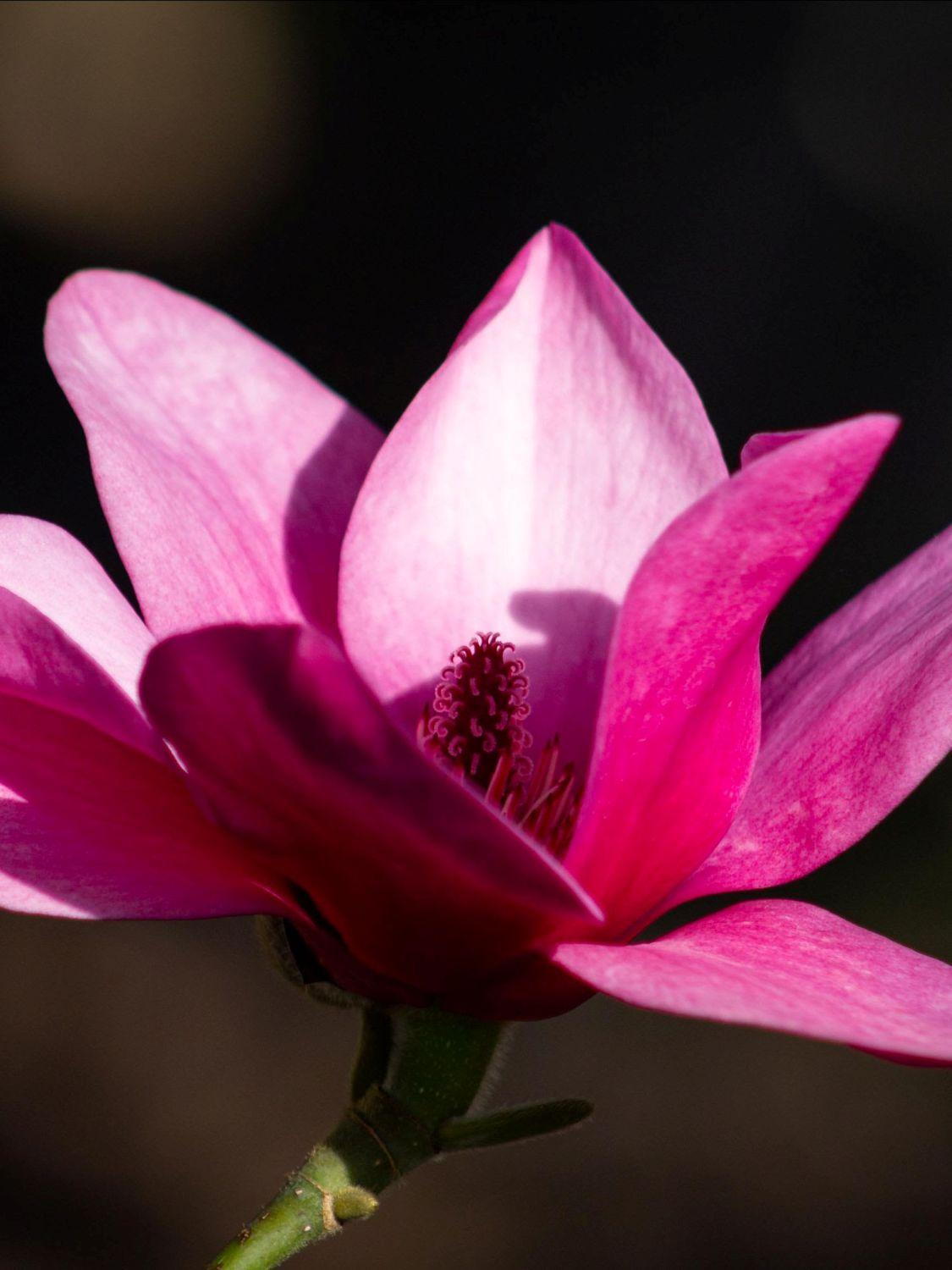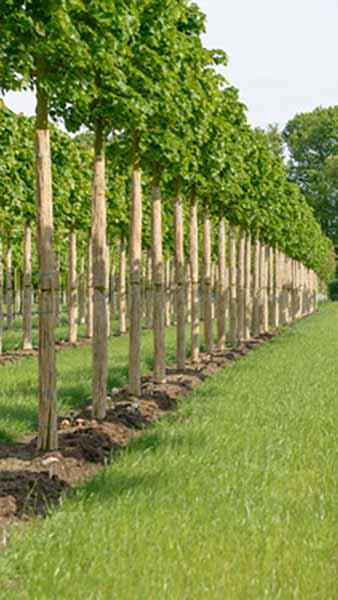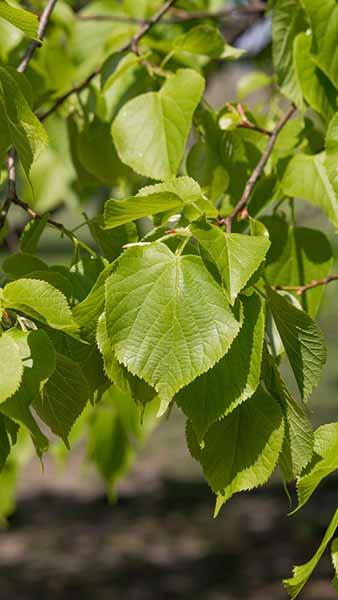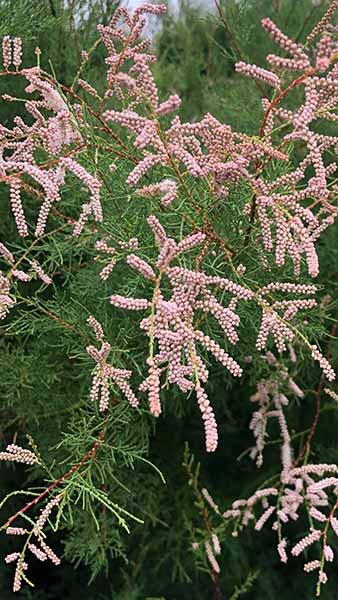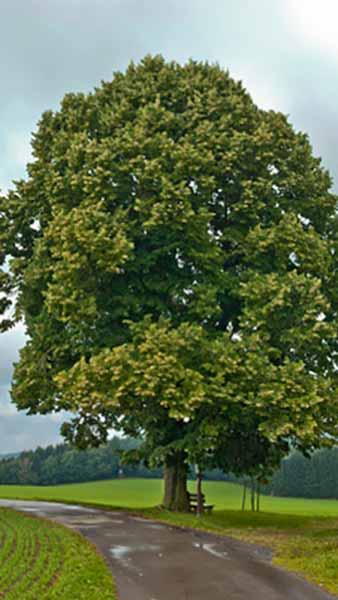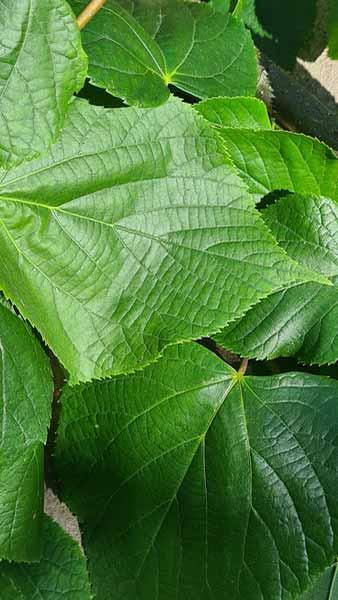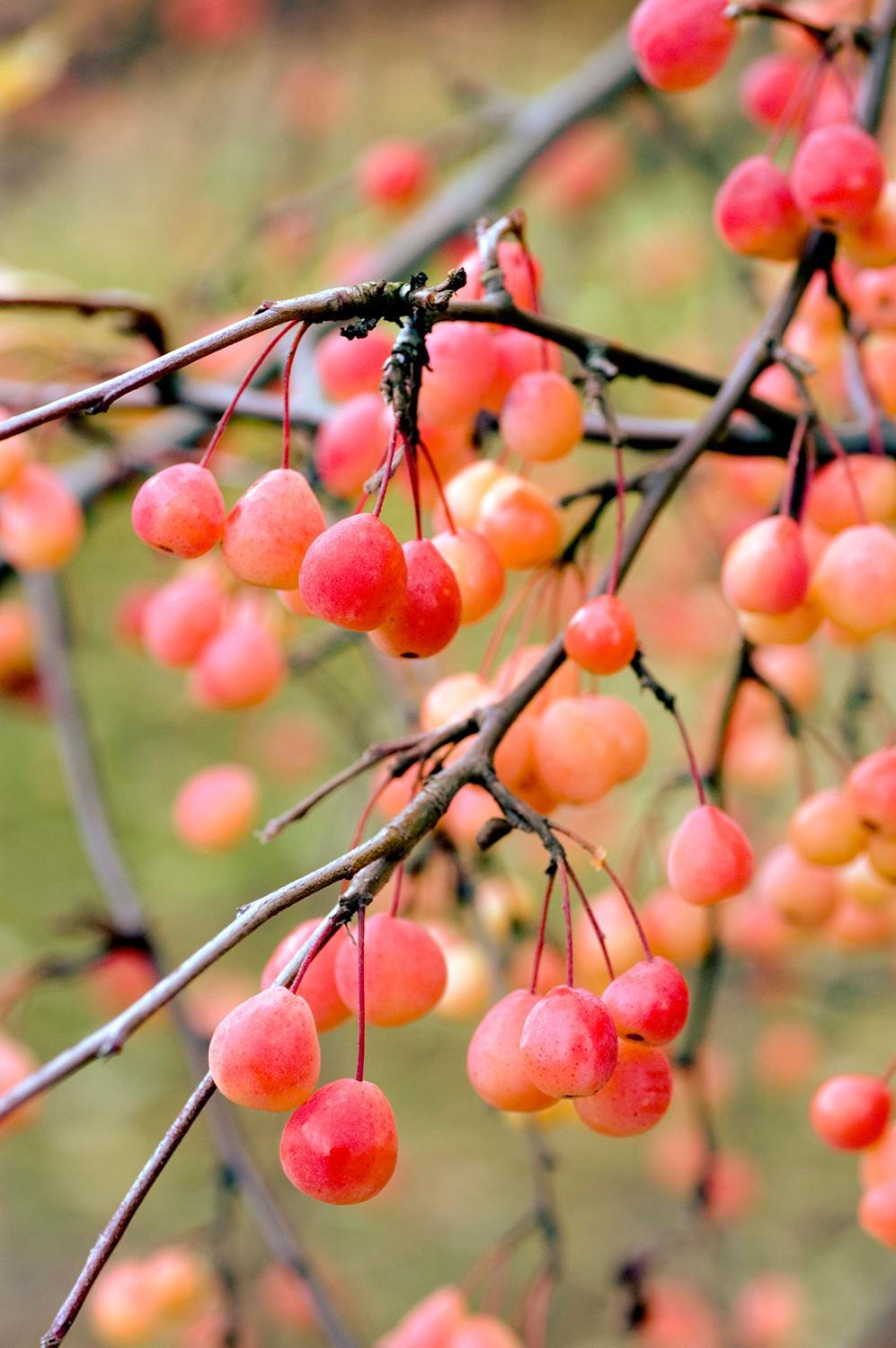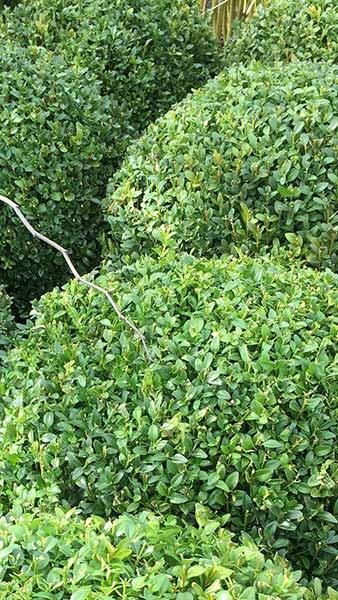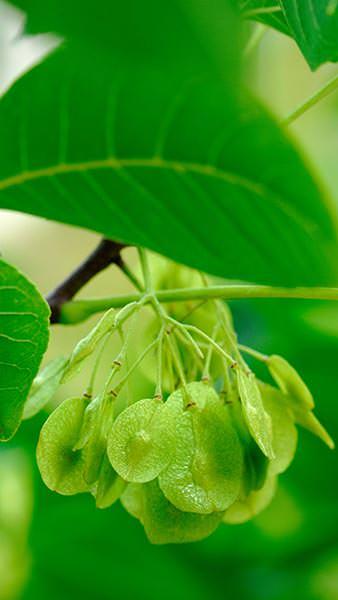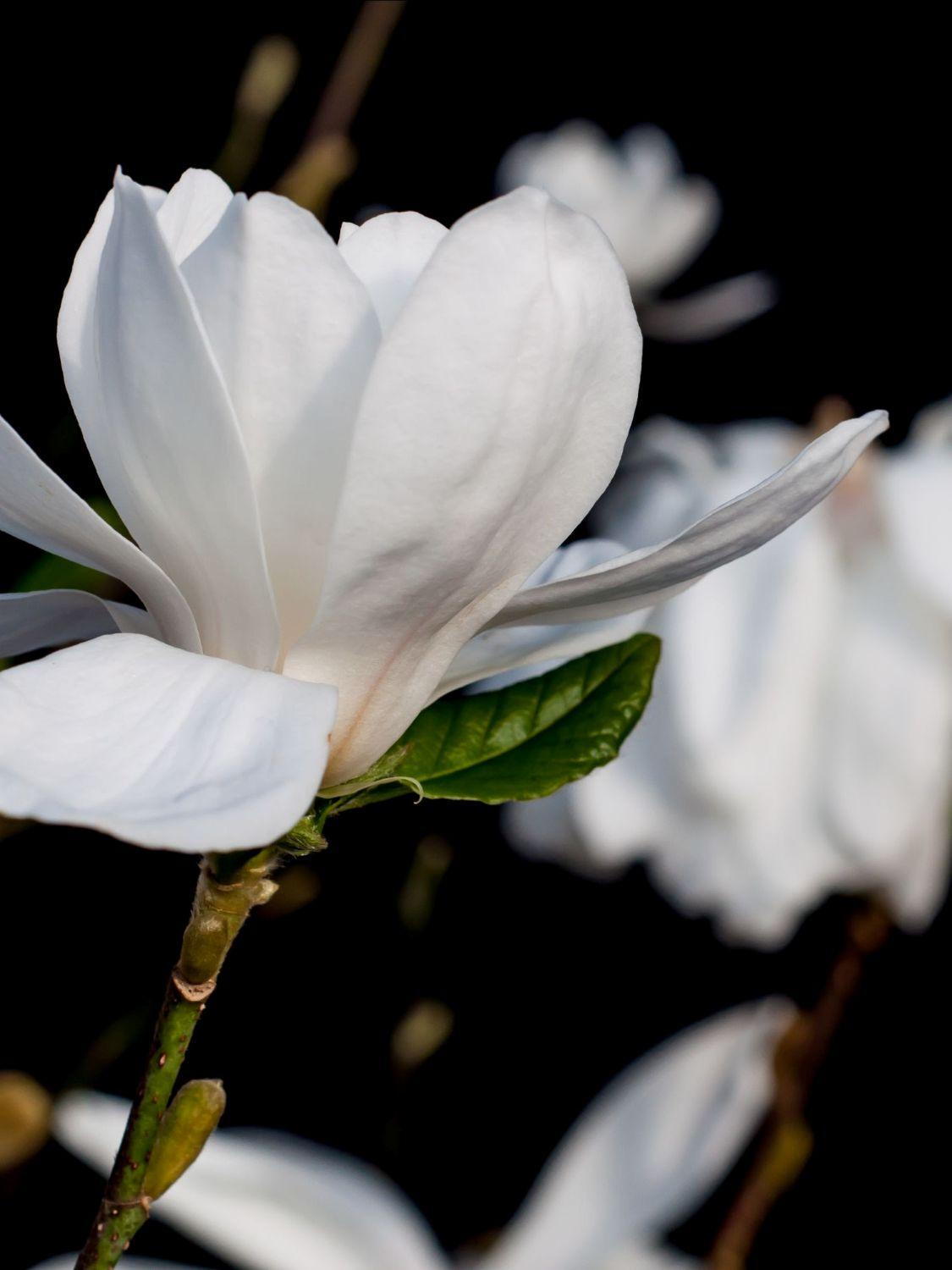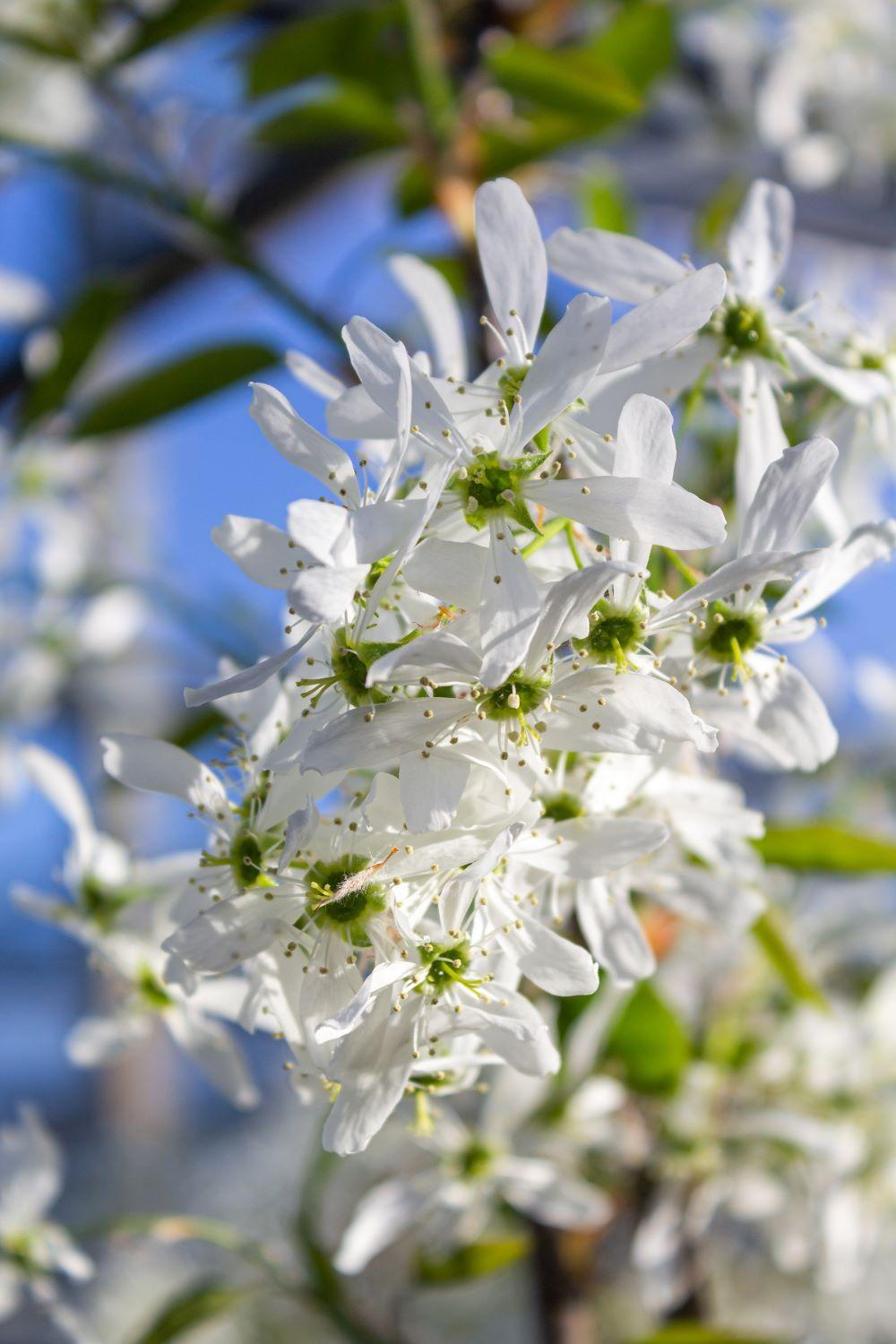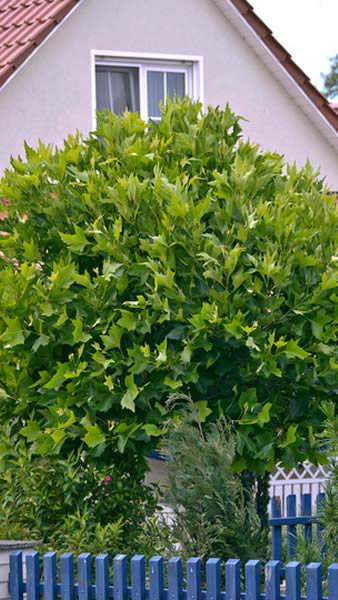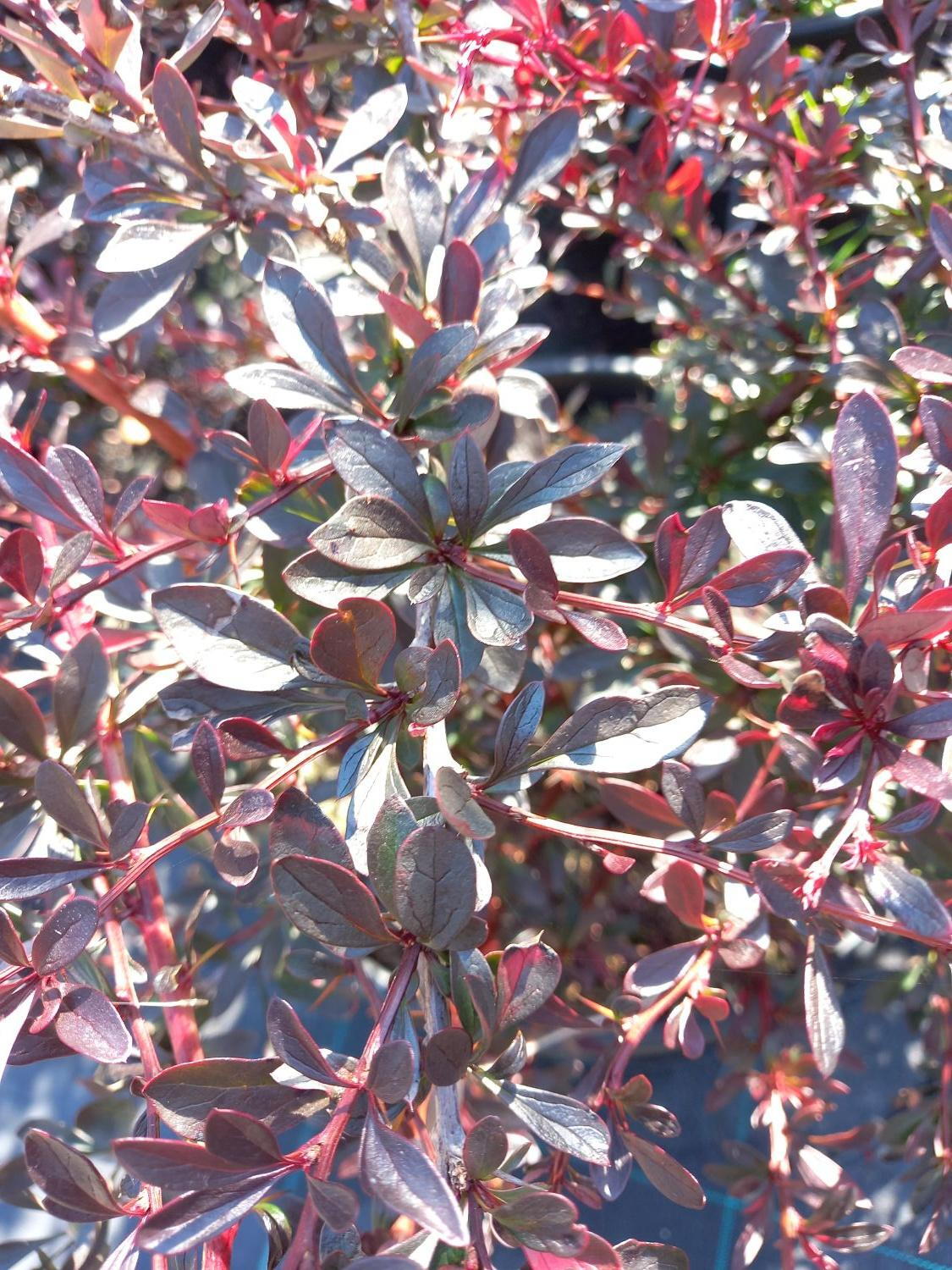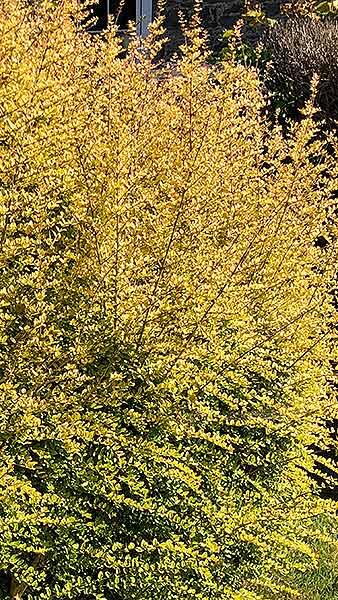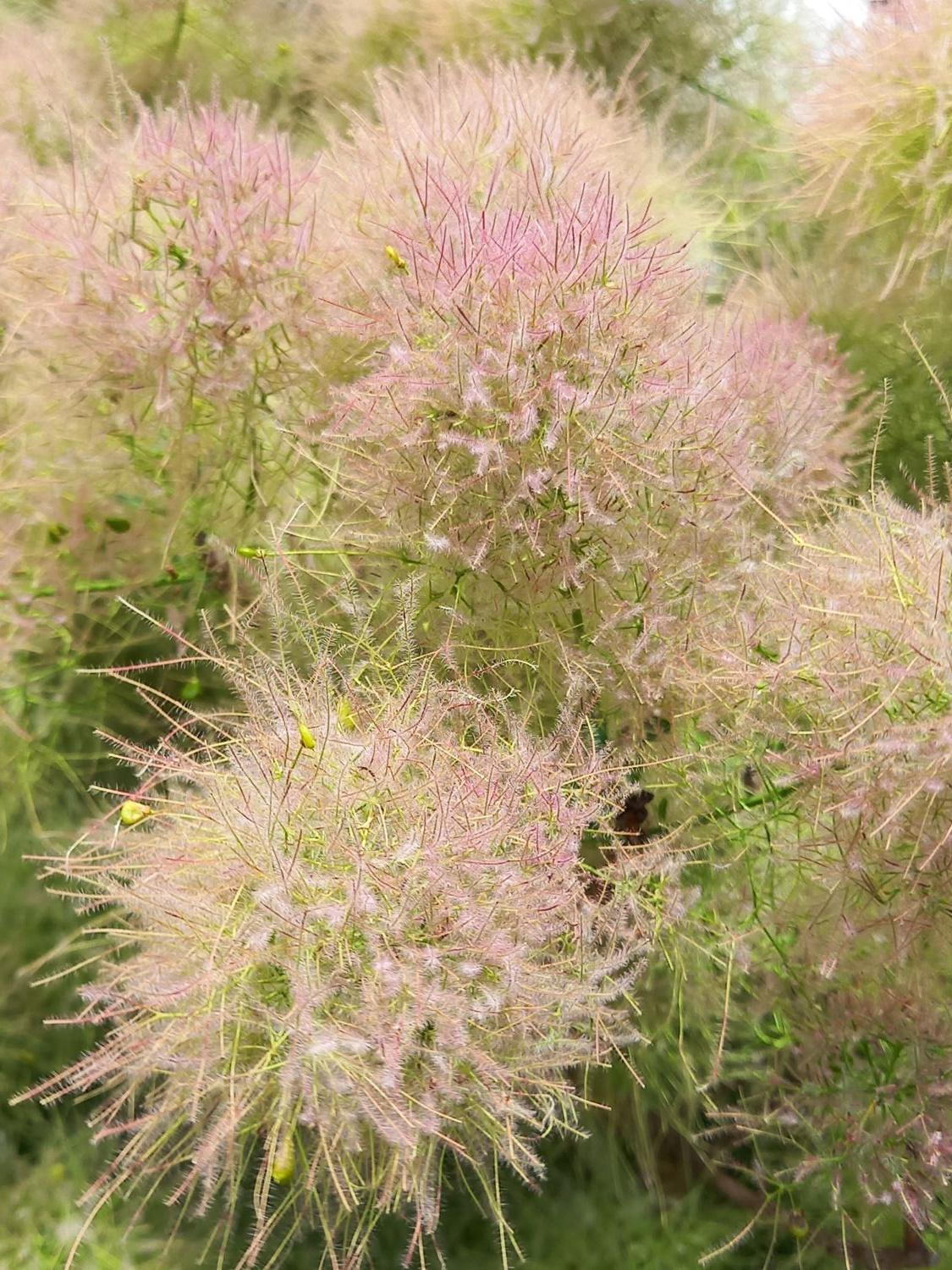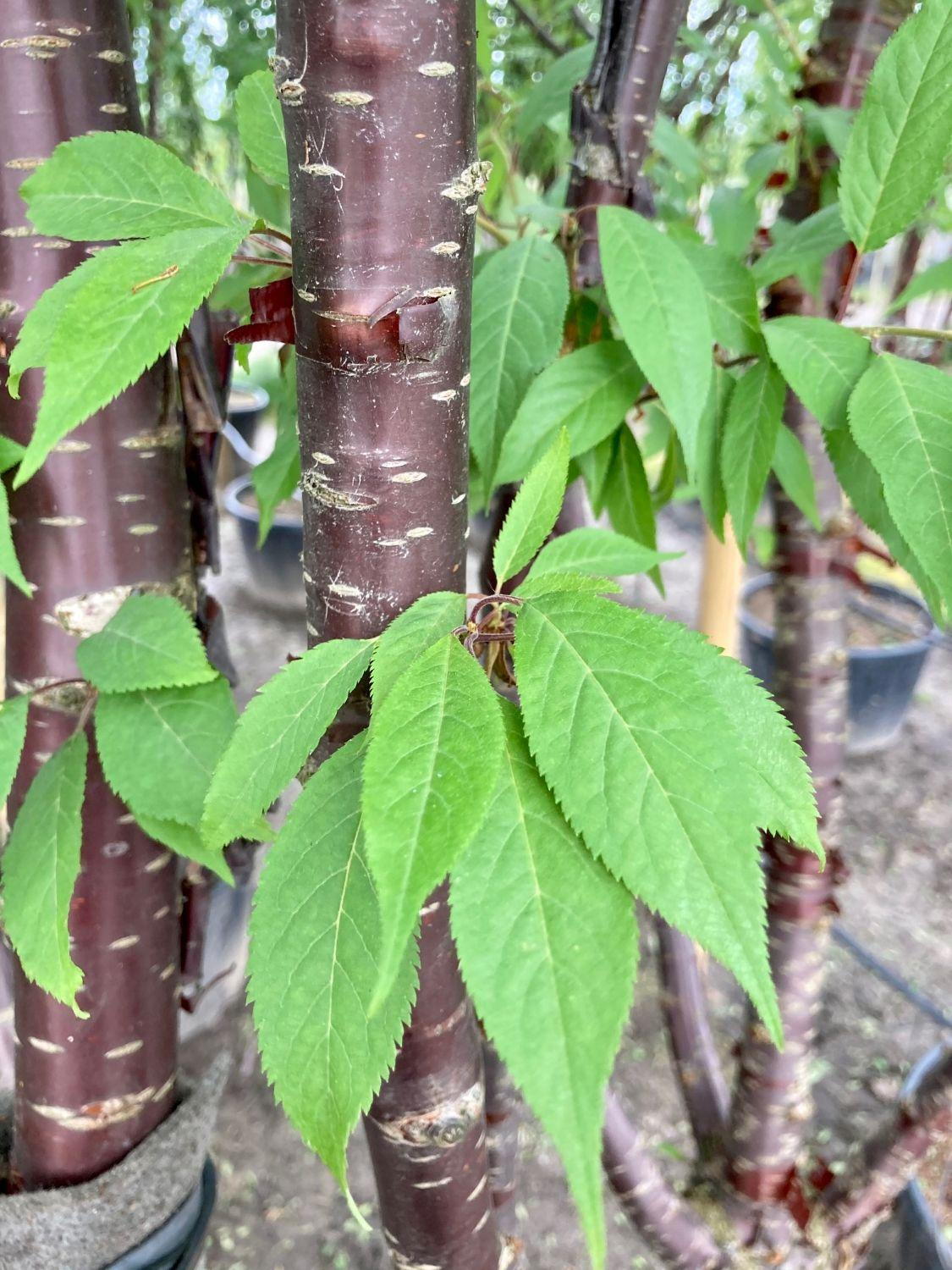Platanus Hispanica Alphens Globe Dwarf London Plane Tree
Platanus Hispanica Alphens Globe or Dwarf London Plane TreePlatanus Hispanica Alphens Globe, also known as the London Plane Alphens Globe or Dwarf London Plane, has all of the most desirable qualities of its parent plant, the London Plane Tree, with the additional benefit of its dwarf size, making it the perfect addition to gardens large or small! The original London Plane Tree is a cross between the Oriental Plane Tree and American Sycamore. Left to its own devices, over time it grows to an enormous size, and is notable for its attractive, mottled bark in shades of grey, olive, and cream. However, its large size makes it an impractical choice for most city gardens, and so the Platanus Hispanica Alphens Globe is a welcome newcomer! The large, 20 cm wide 5-lobed green leaves of the London Plane Alphens Globe emerge later in the spring, followed by small yellow-green flowers that are not noticeable, but produce clusters of small, burr-like fruits which remain on the tree through the winter. Fully hardy throughout the UK, this grafted dwarf variety grows to a mature height of 5 metres and spread of 3 metres, making it an excellent choice for even small city gardens. Pruning is not necessary to maintain the natural rounded shape of the crown of the Dwarf London Plane, but if required it is best to prune in late winter. Plant Platanus Hispanica Alphens Globe in full sun in any soil. It will do well in a variety of conditions, most notably being very tolerant of pollution, and therefore is an excellent choice of tree for small city gardens. It also tolerates salt, and is resistant to wind, making it perfect tree for coastal regions as well. It does well planted in paving or containers, increasing still further its landscaping versatility.Let the small scale of the London Plane Alphens Globe inspire you to use it in places where its sprawling parent would never fit! It is well-suited to container planting on rooftop terraces or courtyards, providing not only the beauty of its rounded crown of foliage in spring, summer, and autumn, but the appeal of its attractive mottled bark and small fruits in winter. This is easily included in a patio or gravel garden, or as a specimen plant in a small lawn. It also makes an excellent street-side tree, planted in a row along a sidewalk. If you have loved the look of the London Plane Tree but been unable to accommodate its size in your garden, Platanus Hispanica Alphens Globe is the perfect choice for you!
